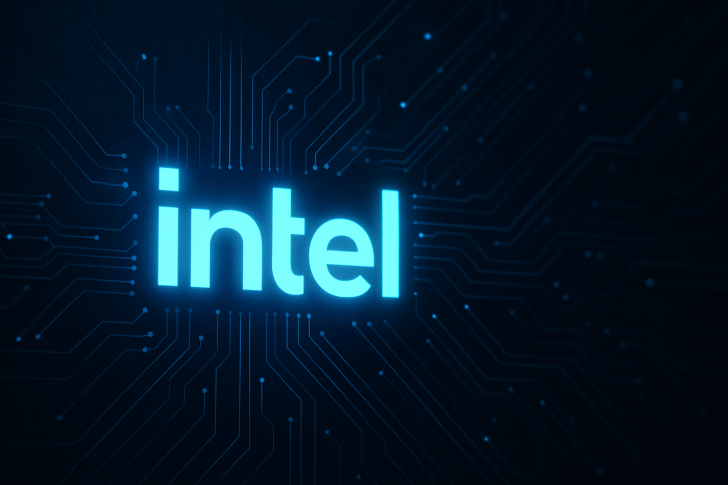Intel's stock chart is telling an interesting story right now. After climbing sharply earlier this year, the chipmaker has pulled back to a price level that's been important for over 20 years. This isn't just any support zone—it's a technical foundation that's held through multiple market cycles. With semiconductors heating up again and AI chips in high demand, where Intel goes from here could set the tone for the rest of 2025 and beyond.
Intel Tests Historical Support as Investors Monitor Recovery
After a turbulent year for chip stocks, Intel's chart is at a pivotal point for long-term investors. The recent pullback has brought the stock back to a historically significant price level that's been relevant for over 20 years.

With semiconductor momentum building and AI demand driving the sector forward, Intel's next move could shape its path through 2026.
Technical Setup: Where Support Meets Momentum
Intel is currently trading near $37.88, right where two important technical factors come together:
- A horizontal support zone (dating back to 2002) that previously acted as resistance before flipping to support
- A short-term rising trendline that emerged after August's rally
These converging supports suggest Intel may be stabilizing as part of a broader recovery trend following its strong bounce earlier in 2025. The stock surged from below $25 to above $40 before pulling back to the current $37–$38 zone. The upward trendline from August shows the stock's ability to maintain higher lows even during profit-taking.
The 200-day moving average sits below current levels, confirming the broader trend remains constructive. Volume patterns indicate orderly consolidation rather than panicked selling, which suggests investor confidence that support will hold.
Fundamentals Align with Technicals
The chart setup matches Intel's operational developments. The company has ramped up AI chip production and expanded domestic manufacturing capacity—both central to its growth story. With the semiconductor cycle turning positive and global compute demand rising, Intel's fundamentals are reinforcing what the chart suggests.
The rising trendline from August could provide support even if the long-term level wobbles. This structural resilience, backed by multi-year support zones, may offer a foundation for a rebound if market sentiment stays positive.
What's Next for Intel
The coming weeks matter. Holding the $37–$38 area would keep the long-term bullish structure intact and potentially open the door to retesting $42–$45. A sustained break below this zone, however, could push the stock toward the next major support near $35.
For now, Intel looks technically solid. If both the rising trendline and historical support continue to align, the company could emerge as one of the more stable large-cap options in the semiconductor recovery story.
 Eseandre Mordi
Eseandre Mordi

 Eseandre Mordi
Eseandre Mordi


